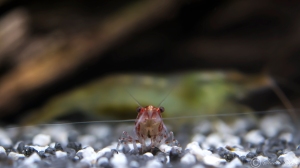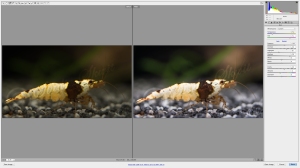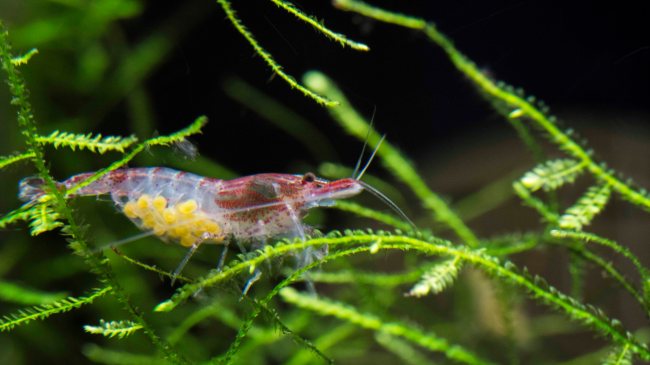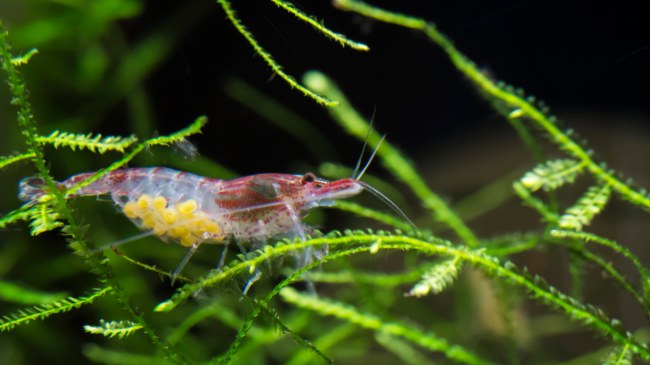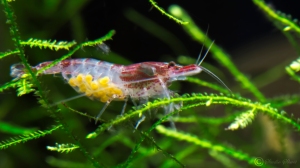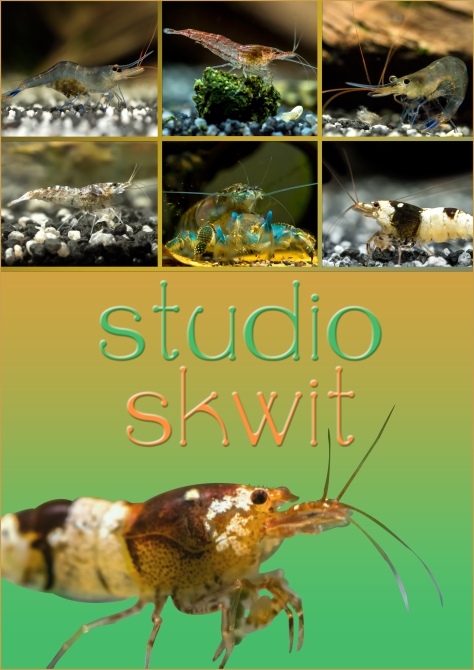Hello folks,
By lack of time (Yes, I have also a social life beside my hobbies lol) I would like to keep it short and share pages on the internet that are interesting for me and it can also be for you. Some are in Dutch some are in English I will try to give a good overview:
Photography (English):
- DPreview: Great site for camera reviews (I always check It, before I buy something)
- The phoblographer: Tips, tricks and reviews
- Stevehuff: Tips, tricks and reviews
- Digitalcameraworld: A lot of tips for creative photography and reviews.
- Designtutsplus: Photoshop tutorial site (really good).
Photography (Dutch):
- Digitalefotografietips: With the help of this site, I have learned all the basics of photography. Very good especially for starters. TOP SITE!
- Photoshopmagazine: Site of a magazine I buy. Always great tutorials and sometimes they publish my work 😉
- Belgiumdigitalforum: Good forum to see work of others or buy used stuff. Lot’s of information on it from basic to advanced photography.
Aquarium/shrimps (English):
- Chris Lukhaup: Link to his Flickr page, there you see the best macro pictures of shrimps and insects on the net. It is worth to google him and check him on Facebook. He does amazing.
Aquarium/shrimps (Dutch):
- Facebook group “show jouw aquarium”: The best group on Facebook about aquarium and shrimps. Good advice of experienced friendly people. Also check their subgroups.
- Shrimpkings: Top webshop when you need shrimps. Delivers in the BENELUX and I think if you pick up contact with the owner even further.
- Shrimpmaster: Nice informative site about shrimps and everything around it, also photography.
Blog (English):
David : The blog of my brother, to me it is kind of reading an alien language but they say it should be interesting when you are an advanced (in his words: beginner) computer nerd 🙂
Links to my pages:
- Shutterstock: The first (and best) stock selling site that accepted me as a contributor. Here you have a selection of my best pics and you can buy the license to use on it for a small price.
- iStock: My 2nd stock selling site, they are less selective then Shutterstock so you can find more pictures on it. But of course the quality they accept is still top.
- Flickr: My general picture site.
- Youtube
Of course there is much more on internet but these are the sites I would like to credit. Some because I have learned a lot of it and some because I have a good connection with them.
That’s it for this week I hope you can do something with those links.
Studio Skwit

